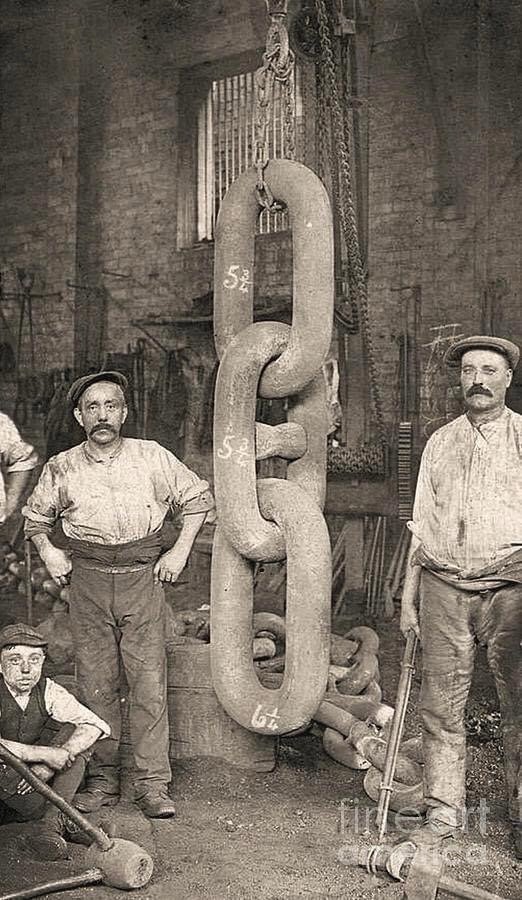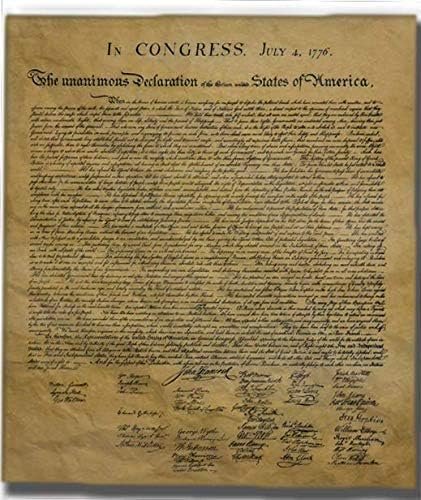
Krins, Hartley, Brailey. Bottom: Hume; Woodward.
Not pictured: Bricoux
The Night the Band Played On
The story of the Titanic musicians is one of those hauntingly heroic tales that sticks with you long after you’ve heard it. When RMS Titanic struck the iceberg on April 14, 1912, and panic began to set in among passengers, eight brave men—musicians, not soldiers—stood their ground. They didn’t run. They didn’t try to save themselves. They played music.
And not just for a few minutes.
These men kept playing for nearly two hours as lifeboats launched and chaos unfolded around them. Survivors later recounted how the music never stopped, right up until the very end when the ship gave her final groan and slipped beneath the sea.
That music was more than sound. It was comfort in the storm, a steady hand when everything else was falling apart. And because of that, these men are remembered not just as performers, but as heroes.

Who Were the Titanic Musicians?
The Titanic orchestra was made up of eight men, divided between a quintet and a trio, but they all joined together that fateful night. They were led by Wallace Hartley, a professional violinist and bandleader from England.
Here’s a quick look at the members:
- Roger Bricoux – cello (Not pictured in the known group photo)
- Wallace Hartley – violin (bandleader)
- John Clarke – bass
- John Hume – violin
- Georges Krins – violin
- Percy Taylor – piano
- Theodore Brailey – piano
- Fredrick Woodward – cello
They weren’t crew members in the traditional sense. These men were hired by an agency that provided musicians to luxury liners. They came aboard for one reason: to entertain. But they ended up doing far more than that.
In a world that was sinking—literally—they stood firm, playing everything from waltzes to hymns, giving those around them a brief moment of peace as the unthinkable unfolded.

What Did They Play as the Titanic Sank?
There’s been a lot of debate about what the last song was that echoed over the icy Atlantic that night. The most commonly believed piece? “Nearer, My God, to Thee.” Several survivors reported hearing this old hymn as the ship tilted steeply into the water. Others mentioned different songs, like “Autumn” or a waltz called “Songe d’Automne.”
Wallace Hartley was known to have loved “Nearer, My God, to Thee”—his father even played it in church. So it fits that he would choose it as the final note, both literally and symbolically.
But in the end, it doesn’t matter which song played last. What matters is why they played.
They weren’t trying to make a name for themselves. They weren’t trying to impress anyone. They were simply trying to calm the terrified hearts of hundreds of people, many of whom had no hope of escape.

What Happened to the Band Members’ Bodies?
Of the eight brave musicians, only Wallace Hartley’s body was ever recovered. When his casket arrived back in England, over 40,000 people lined the streets to pay their respects. His violin was found with him, water-stained but intact, and it’s since become one of the most treasured Titanic relics.
The other musicians’ bodies were never found. No grave. No headstone. But their memory lives on in every Titanic story ever told—and rightly so.
They weren’t armed. They weren’t trained in crisis response. But their courage spoke louder than any emergency siren could have.

Where Did the Titanic Band Members Come From?
Each of the eight musicians aboard the Titanic had their own story—different towns, different upbringings, but one shared fate. Most of them were British, and all were employed not directly by White Star Line, but through a music agency that provided entertainment for ships. They weren’t considered crew, which meant no guaranteed wages or even a spot on a lifeboat.
Here’s who they were:
- Wallace Hartley (bandleader) – From Lancashire, England
- Roger Bricoux – A talented cellist from France
- John “Jock” Hume – A Scottish violinist engaged to be married
- George Krins – A Belgian violinist with a bright future
- John Wesley Woodward – A cellist who played with Hartley on other ships
- Percy Taylor – A pianist and the quiet one of the group
- Theodore Brailey – Former Royal Artillery soldier turned pianist
- Fred Clarke – A bassist from Liverpool, England
They came from modest beginnings but left behind a legacy larger than life.

How Are Titanic’s Musicians Remembered Today?
Even more than a century later, these eight men are still honored worldwide. Memorials, films, and museum exhibitshave helped keep their story alive.
- The Titanic Museum in Branson, MO, includes tributes to the band’s bravery
- A bronze plaque in Southampton honors their names
- Wallace Hartley’s recovered violin sold for over $1 million at auction
- Countless documentaries and books recount their final performance
We even mention their role in our Titanic section of the site that reflects the courage of many who stood strong during maritime disasters.
These weren’t just musicians. They were heroes with instruments instead of weapons.

What Song Did the Titanic Band Play Last?
One of the biggest legends surrounding the Titanic is the final song played by the band as the ship slipped into the Atlantic. Survivors reported hearing “Nearer, My God, to Thee”—a Christian hymn known for its emotional and spiritual weight. It’s been debated, but it’s the version most agree with, especially given bandleader Wallace Hartley’s strong Methodist faith.
Other possible final songs mentioned by survivors included:
- “Autumn” (a waltz popular in the UK at the time)
- “Songe d’Automne” (beloved by French musicians)
- General ragtime pieces to keep the mood calm early on
Regardless of the exact song, what mattered most was why they played. They weren’t trying to entertain. They were trying to ease fear, bring peace, and give passengers—and maybe themselves—a sense of control amid chaos.

Were They Forced to Play?
No. The Titanic musicians weren’t ordered by the captain or crew to keep playing. It was their own choice.
They started with cheerful tunes in the first hours of the disaster to keep passengers calm and avoid panic. As things worsened, they transitioned into more solemn music. Survivors later described seeing them standing on deck, waist-deep in water, still playing.
It’s believed they knew they had no lifeboats and chose to go down doing what they loved—bringing comfort through music.
This moment, much like the story of Alfred Vanderbilt’s sacrifice, captures a rare kind of courage that still moves people today.

The Fate of the Titanic Musicians
All eight members of the Titanic band died that night—none of their bodies were found except for Wallace Hartley, the bandleader. His body was recovered two weeks later, still dressed in his band uniform, with his music case strapped to his back. Over 40,000 people attended his funeral in England. He was hailed as a hero.
Here are the names of the musicians who perished:
- Wallace Hartley (Bandleader, violin)
- John (Jock) Hume (Violin)
- John Wesley Woodward (Cello)
- Theodore Brailey (Piano)
- Roger Bricoux (Cello)
- Percy Cornelius Taylor (Piano)
- Georges Krins (Violin)
- William Theodore “Theo” Clarke (Bass violin)
Their memory lives on—not just as musicians, but as brave souls who stood their ground in a moment of unimaginable fear.
For more emotional stories from this era, check out the powerful tribute to early 1900s mailmen and their harsh duties or the surprising acts of humanity in WWII’s gas rationing era.

Questions About the Titanic Musicians People Still Ask
Did the Titanic musicians really play until the ship sank?
Yes, multiple survivor testimonies confirm the musicians continued performing even as the ship tilted and chaos erupted. Their goal was to keep passengers calm. Though there are varying reports on the final song played—some say “Nearer, My God, to Thee,” others suggest a waltz—what’s agreed upon is that they played until the end.
Why didn’t the musicians try to escape?
At the time, lifeboats were limited and prioritized for women and children. It’s also likely the musicians felt a duty to help maintain calm, especially knowing panic could lead to even more chaos. Their sacrifice was voluntary and deeply honorable.
Were the musicians part of the ship’s crew?
No, the band members weren’t technically crew. They were contracted by a private entertainment agency called C.W. & F.N. Black. Because of this, there was some early confusion and even controversy over insurance payments to their families, which sparked public outrage.
Are there memorials for the Titanic band?
Yes. There are several around the world:
- Wallace Hartley’s memorial in Colne, England, is one of the most prominent.
- Titanic Memorial Bandstand in Ballarat, Australia, was built in their honor.
- A plaque inside Southampton’s Philharmonic Hall also commemorates the musicians.
Their story is also honored in popular culture, like the famous scene from James Cameron’s Titanic, which portrays them playing as the ship goes down—something many historians believe to be accurate.
For more haunting truths about unsung heroes in history, take a look at Alfred Vanderbilt’s brave sacrifice on the Lusitania or why people didn’t smile in old family photos.
As an Amazon Associate we earn from qualifying purchases through some links in our articles.




